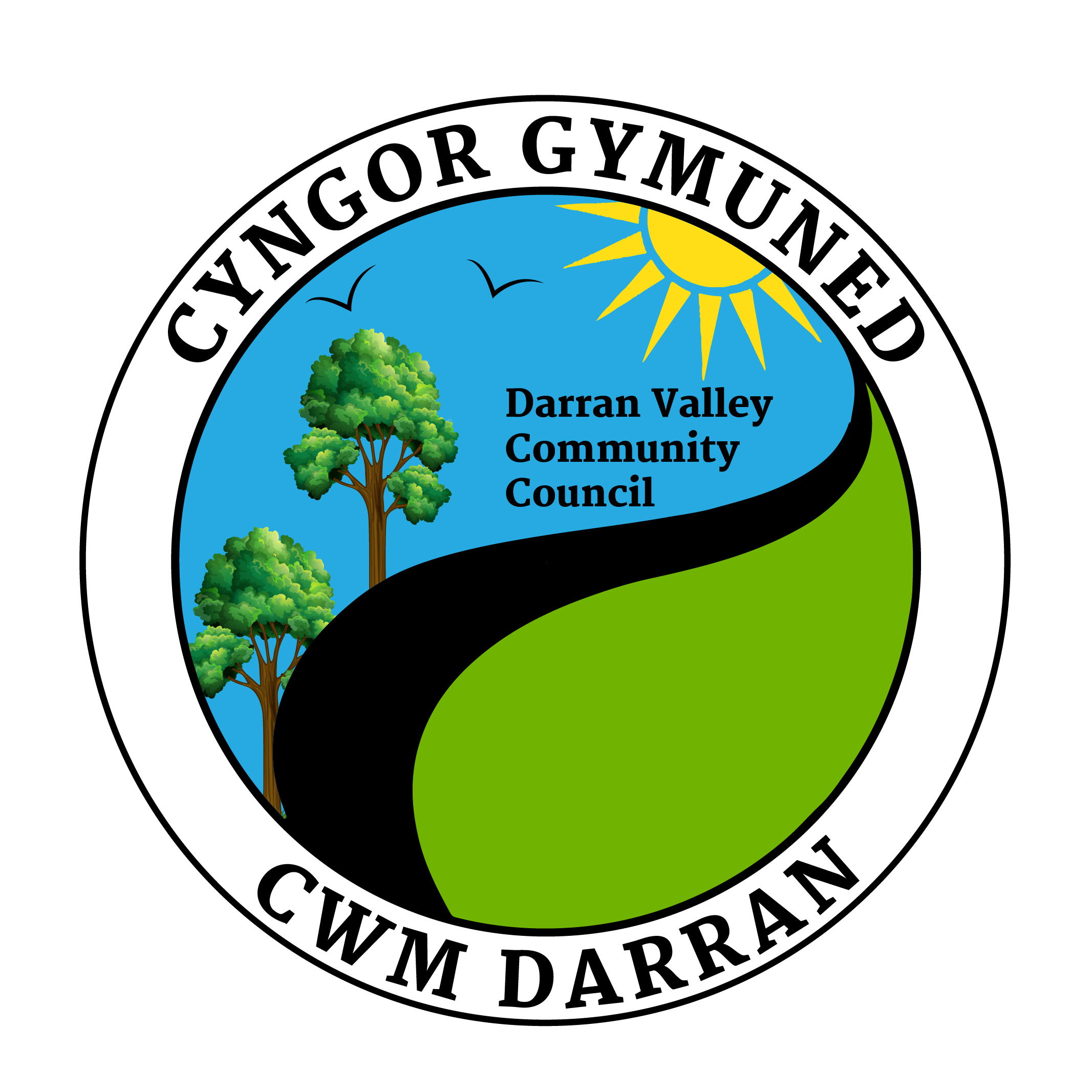Local History
There have been men in the Darran Valley area since the Stone Age. Evidence of a settled community on the slopes of the Graig from the 5th to the 16th century was discovered in the 1930′s.
The first community of any size to establish itself took its name from the then biggest farm and was known as Ysgwyddgwyn.
In 1800 there were about 100 inhabitants. By 1900, the population had grown to 2,500. When the railways came in the second half of the 19th century, the name Ysgwyddgwyn was changed to Deri – the Welsh word for oak trees.
The two dominating influences on the life of the people of the Darran Valley through the ages have been Christianity and coal – between them, they have affected the well-being of every one if its ihnabitants in one way or another. Christianity first came with St Gwladys in the 5th century. Modern religious influences came in force to the village with the expansion of the Welsh non-conformist movement in the 19th century.
 The coal industry in the valley started in 1833 when the first seam of coal – the celebrated Brithdir seam – was exploited. The modern coal mine came to Deri when the first vertical shaft was dug in 1864. The language of the original inhabitants was Welsh – a language with its roots in the ancient Brythonic spoken by early settlers from Ireland. Increasing industrial activity in the 19th century brought into the area a considerable number of “foreigners” – English speaking men and women from all over the British Isles.
The coal industry in the valley started in 1833 when the first seam of coal – the celebrated Brithdir seam – was exploited. The modern coal mine came to Deri when the first vertical shaft was dug in 1864. The language of the original inhabitants was Welsh – a language with its roots in the ancient Brythonic spoken by early settlers from Ireland. Increasing industrial activity in the 19th century brought into the area a considerable number of “foreigners” – English speaking men and women from all over the British Isles.
The influx of strangers was so great that, by 1905, the number of non-Welsh-speaking Deri people had so increased that a special chapel was built for them near the first one, erected for the Welsh-speaking population in 1865.
The social upheaval and the rise of the Labour party at the start of the 20th century had its repercussions. The First World War took its toll of Deri people as it did for most other villages throughout the land. The General Strike of 1921 and the big Lock-out of 1926 caused untold hardship. For years the Darran Valley was part of the great depression of the 20′s and the 30′s. With the advent of the Second World War, the economic gloom was lifted somewhat although, once again, Deri men and women became casualties on battlefields all over the world.
For more information go to the Darran Valley History Group website.
Deri (plural of “derwen”)
The “derwen” or oak tree was very common in the valleys and has lent its name to many places (trees in general are a common source of place names).
Deri is a plural form of “derwen”. Local residents say that the village was originally known as Ysgwydd-gwyn, the name of the old colliery there in 1833 but was renamed after many incomers to the area, who had come for work in the colliery, could not pronounce it, so Deri was chosen in its place.
There are however, records of the name Derie from 1744 and the Rhymney Railway line called the station here Darran and Deri.
Fochriw (originally boch+rhiw+garn)
Correctly the name should be Y Fochriw and the literal translation of this village name is often given as “slope of the pigs” as the assumption is that the word “moch” has mutated to “foch”.
The original word however, was “boch” as the old name for the settlement was Bochriw’r Garn.
This changes the meaning, as “boch”, though usually meaning “a cheek” as on a face, can also mean “a bulge” in the ground or a hill, possibly referring to a rounded piece of rock on the slope (“rhiw”) below the “carn”, the Roman stone found above the village on Gelligaer Common. Examples of the name appear from Bohrukarn c1170, y voygryw garn c.1700 and Y Fochriw in 1867.
More information on local history can be found on the Darran Valley History Group website below. https://darranvalleyhistorygroup.wordpress.com/



